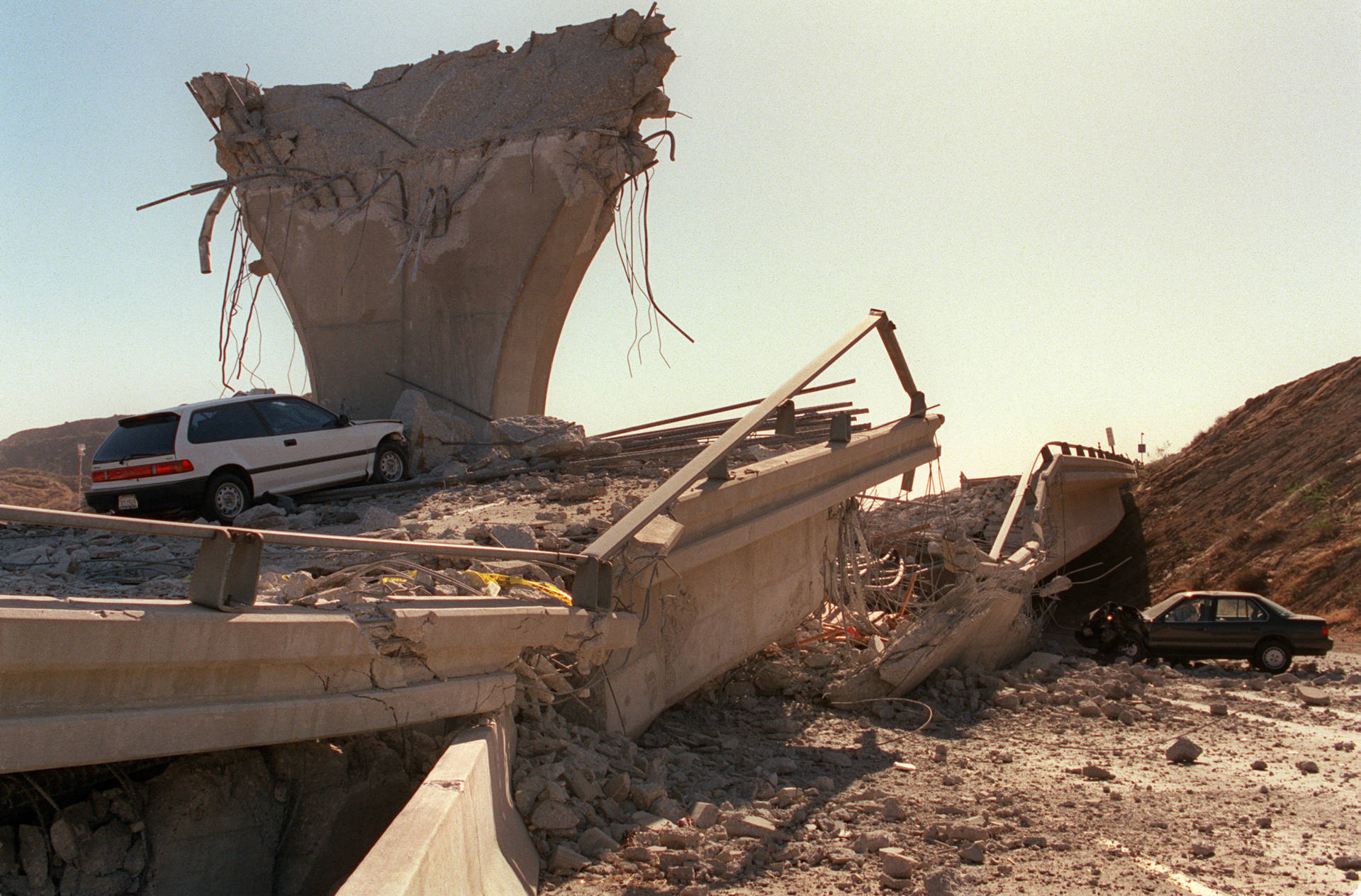Twenty five years ago — at 4:30 a.m. on Jan. 17, 1994 — the Northridge earthquake shook Angelenos from their beds. For those of us who lived through it, the memories of chaos early in the morning are unforgettable.
"We were just literally startled awake by a freight train driving right through our bedroom," said my father, Mark Margolis, who along with my sister, my mother and myself, was sleeping just about seven miles from the epicenter. "I mean the blinds that were supposed to be hanging vertical were horizontal. So, there was a tremendous amount of movement."
I was only five, and remember being pulled from my bed into the dark hallway by my parents. Our house was a mess with everything from our shelves and what was inside of our refrigerator being thrown out to the ground.
After things calmed down, we walked outside. I remember dark silhouettes of my neighbors milling about, trying to figure out what to do, just as dawn began to break and aftershocks rolled through.
When the sun rose, everyone was able to take stock of the damage.
The 6.7 magnitude earthquake destroyed freeways and buildings, cracked streets and left swaths of Los Angeles without power for a period of time.
"I remember driving down one of the main streets and there was like water coming up from the street because there were broken gas lines as well as broken water lines. There was water, but there were also flames coming out of the water," said my father. "Burning water -- how often do you see that?"
The earthquake killed at least 57 people and damages reached $40 billion.
Many Angelenos were displaced for a period of time. Some people were lucky enough to stay with family and friends. Some had to live for days in parks as the structural integrity of their buildings was assessed.

